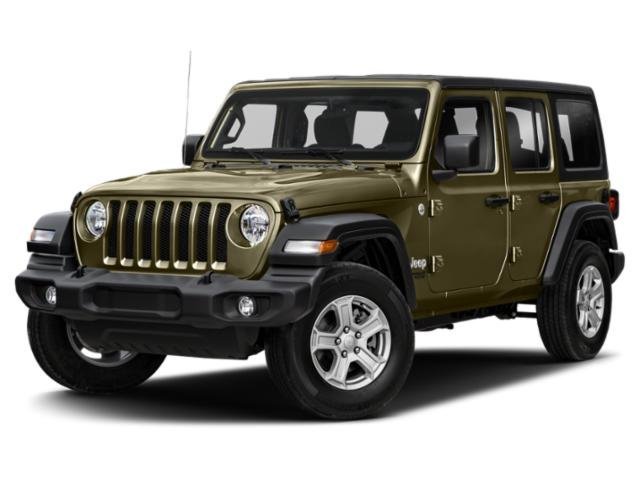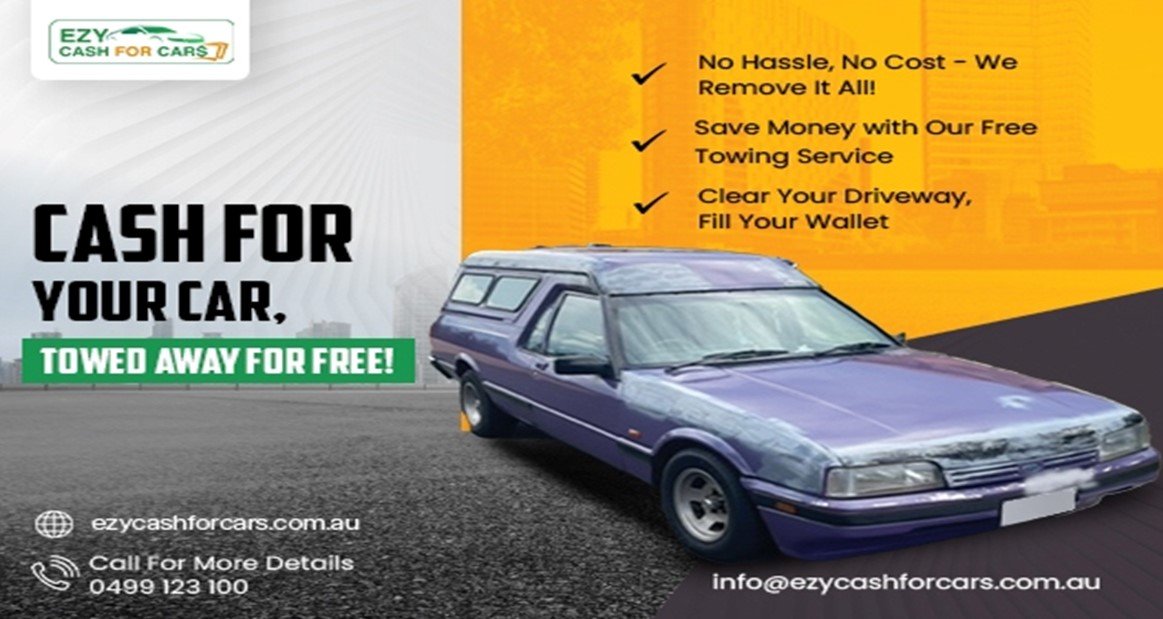With 2020 Jeep pricing starting at $22,600, buying a new one can be out of reach for some people. However, leasing that same vehicle will require you to part with a considerably smaller amount of your money each month.
This is why many people are turning to lease as a way to get into a new model. On the other hand, there are financial advantages to buying outright when you can swing it.
This raises the question, is it better to buy or lease a new Jeep?
Understanding Leasing vs. Financing
In truth, this heading is a bit of a misnomer. The reality is you will finance your new Jeep either way. You’ll finance the purchase of the Jeep when you buy it. You’ll finance the use of it when you lease. This is because you’ll own the Jeep outright when you’ve made all of the purchase payments. Meanwhile, you’ll have the choice of purchasing it outright at the end of the lease, returning it and leasing another one, or walking away from it altogether.
Leasing Pros & Cons
The barriers to entry (or, rather driving off) are considerably lower with a lease. Generally speaking, you’ll only need to come up with a minimal down payment, and your monthly payments will be considerably less as well. This is because you’ll only pay to offset the Jeep’s depreciation over the term of your lease.
Given leases tend to run no more than three years or so, your Jeep will be under warranty for the duration of your lease. This frees you of repair concerns should something mechanical go wrong. You’ll also get a new Jeep every three years, should you keep leasing at the end of your lease agreements. This means the latest tech will always be at your fingertips. You could also realize a tax advantage if you use the Jeep for your business.
The other side of that equation is you’ll be limited to driving 12,000 to 15,000 miles per year, depending upon the nature of the Jeep lease deals of which you take advantage. You’ll also put yourself on a treadmill of eternal car payments if you lease repeatedly. Modifications will be restricted to those that can be easily reversed, you’ll have to maintain it in great condition and your insurance costs will be higher because leasing companies require you to carry maximum coverages. You’ll also be limited to putting 12,000 to 15,000 miles per year on it.
Buying Pros & Cons
The biggest plus here is when all is said and done, the Jeep will be yours to keep, sell, trade or whatever else you decide to do. In other words, you’ll own it outright. You can customize it however you see fit, use it as a down payment on your next car, or even give it away.
It’s all yours once you make that last payment. You also have the potential to build up equity in the Jeep. This means you could sell it, pay off the loan and put money in your pocket when it’s worth more than you owe. One other thing, getting a car loan is easier than getting a lease because you can qualify with a lower credit score.
On the other hand, as we mentioned earlier, buying takes more cash out of your pocket. You’ll make a bigger down payment and your monthly payments will be higher as well. You’ll pay interest charges on the entire financed amountof the purchase price of the Jeep. There will also come a time when you’ll still be making payments while it’s out of warranty.
So, Which is the Better Play?
The answer to that question is different for different people. If you don’t care about making payments all the time and having a newer Jeep is more important to you than anything else, you’re going to be a great candidate for leasing — if your credit score will support you doing so.
Buying will serve you better if you have more ready cash on hand and a larger monthly income with which to work. You’ll also come out ahead buying if you drive a lot of miles, tend to keep your vehicles for 10 years or more and aren’t really concerned about having the latest and greatest thing.
So ultimately, whether it’s better to buy or lease a new Jeep comes down to your particular circumstances. You’ll need to take stock of them in order to make the best decision for you.





